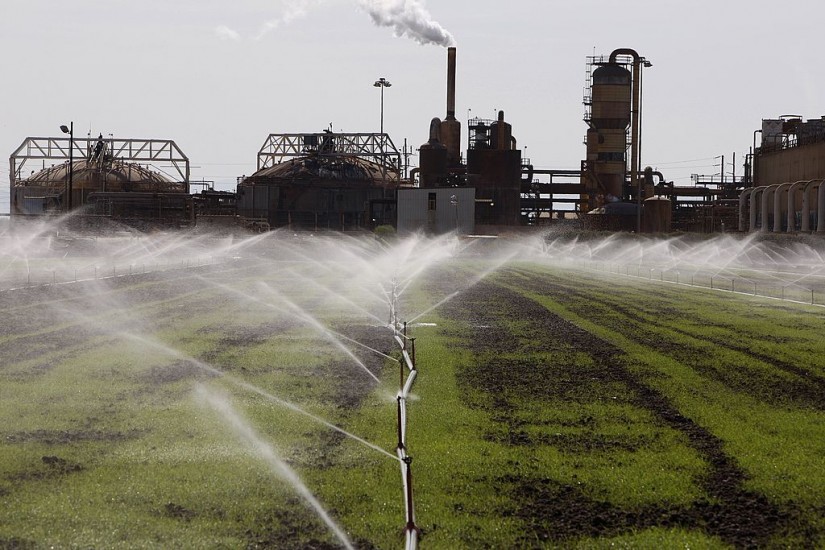When searching for the roots of Trumpism, analysts inevitably turn to rural America, the geographic center of President Trump’s support. Yet seldom do they consider the heart of rural America: the family farm. It’s there that Americans’ appetite for cheap food helped propel Trump to victory.
Since the 1940s, Washington has employed various policy mechanisms to control crop prices, which helped make American food the cheapest in the world. But these same policies also enabled agricultural corporations to absorb tens of thousands of family farms that could not make a profit. Tossed off their land, rural Americans were ready for a populist who could tap into the anger they felt toward the government and elites, hazily defined as “arugula Americans,” the well-heeled urbanites and suburbanites who lived well thanks to food policies that depressed the standard of living for folks who worked the land.
Government planners launched the countryside on its path toward Trumpism after World War II. Washington worried that farmers could not produce enough food to satisfy international aid commitments, or ensure that the military could stockpile food in the event of a war with the Soviet Union. Military decision-makers’ sense of what sacrifices the public would and would not tolerate during a Cold War dictated maintaining high levels of military-focused crop production without a drop-off in the goods flowing to supermarkets.
The resulting policies set rural America on a wholly different course than what Franklin Roosevelt’s New Dealers imagined during the 1930s: rather than restraining production to boost prices and relieve entrenched poverty, the government urged farmers to coax as much food from the ground as possible. Direct payments to farmers and market controls allowed those producers who followed the government’s rules to stay afloat, even if it resulted in the same overproduction that provoked the prewar agricultural depression.
As the Cold War intensified, so, too, did the relationship between rural prosperity and public policy. But larger companies benefited at the expense of small farmers. For instance, the United States Department of Agriculture (USDA) sponsored the 1948 “Chicken of Tomorrow” contest, which aimed to breed the ideal chicken for mass-marketing. The USDA planners funding the competition believed that the research would help small farmers build their own businesses. Instead, companies like Tyson built massive hatcheries that sold birds to small farms that would ultimately raise them for the poultry giant on a contract basis.
